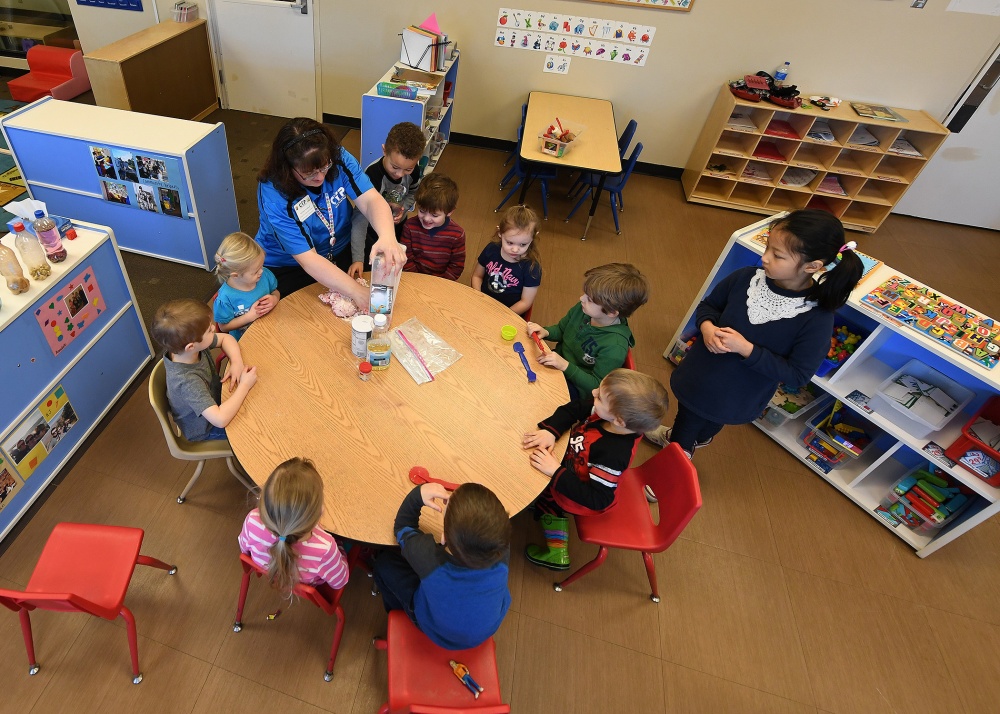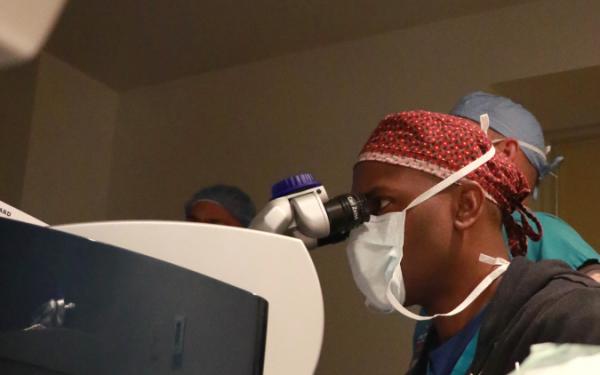
In case you missed it, MFAN was in the news this week. Executive Director Shannon Razsadin spoke with The Virginian-Pilot about food insecurity and MFAN’s efforts to move the needle in making sure the basic needs of military service members and their families are met. And our very own Nikole Schmidt was featured on an episode of Hearts & Stripes talking about PCS’ing, military marriage (and MFAN). You can catch the episode here. Speaking of military marriage, tomorrow is the first official Military Marriage Day. Want to learn more about what that’s all about? Click here. And DoD briefed the press today on DoDEA school openings and plans. We’ll share more in an upcoming blog, but here is a highlight: Plans have been in the works for over six months with an incredible commitment to and sense of responsibility for ensuring the health and welfare of our military children. DoDEA is working closely with local commands to make sure that CDC recommendations are followed, and the local community needs and status are integral to the plans.
|
|
Here’s what we’re hearing about this week:
|
|
Photo by Senior Airman Ryan Sparks, Grand Forks Air Force Base Public Affairs
It’s not news to you that child care has remained a perpetual challenge for military families.
Earlier this week we talked about Calling for Child Care Solutions and MFAN signing on to a bipartisan letter calling for DoD to close child care gaps for military families.
And, we heard you when you told us in the 2019 Military Family Support Programming Survey that occasional, hourly care was one of the top priorities for families with children between the ages of 0 to 5. This week the Pentagon announced that Military OneSource will provide free access to a national online resource for families to find child care providers that offer hourly, on-demand care that is more flexible and suitable to your needs.
To learn about this new service and gain access to more than a million caregivers in the database, click here.
Photo by Spc. Aaron Good
Amidst continued contention over the handover of military medical facilities to the Defense Health Agency (DHA), the service chiefs are speaking up.
Together, the branch chiefs of the Marine Corps, Navy, Army, Air Force, and Space Force, and secretaries of the Navy, Air Force, and Army, are insisting that future transfers be suspended and those facilities already under DHA control be returned back to the military.
They contend that the COVID pandemic and response indicates that the reform effort “introduces barriers, creates unnecessary complexity and increases inefficiency and cost.”
DHA asserts that the reforms will save money and improve quality of care and remains committed to proceeding as planned. We will continue to monitor this issue and keep you informed.
Photo by Alexandra Shea, Regional Health Command – Central
Providing exceptional care
In a recent Thursday-3 edition, we shared news about convalescent plasma and about some amazing service members volunteering to donate it to advance research and potential treatment for COVID-19 patients.
In a great story, that combines convalescent plasma with a medical facility going the extra mile, Evans Army Community Hospital (EACH) stepped up in a big way to provide exceptional care to Joyce Woffenden when she became ill with the virus.
Joyce, a Fort Carson employee for 22 years, and her husband of 56 years, George Woffenden, a retired Army sergeant first class who served at Fort Carson, had an incredibly positive experience at EACH. During a 52-day stay at the facility, staff decorated her room, set up video so she could be connected with her loved ones daily (and even went to their home to set up video teleconferencing to keep George connected), utilized telemedicine to involve specialty doctors from other locations to coordinate the highest level of care, and provided George with daily updates on her prognosis and treatment plan.
Most noteworthy, Joyce became the first EACH patient to receive convalescent plasma and the hospital staff reported their experience providing Joyce’s care, which has led to information and skills that will benefit future COVID-19 patients at the facility.
It was a long and harrowing experience for Joyce and George. But it was also one that showed military medicine at its best!



